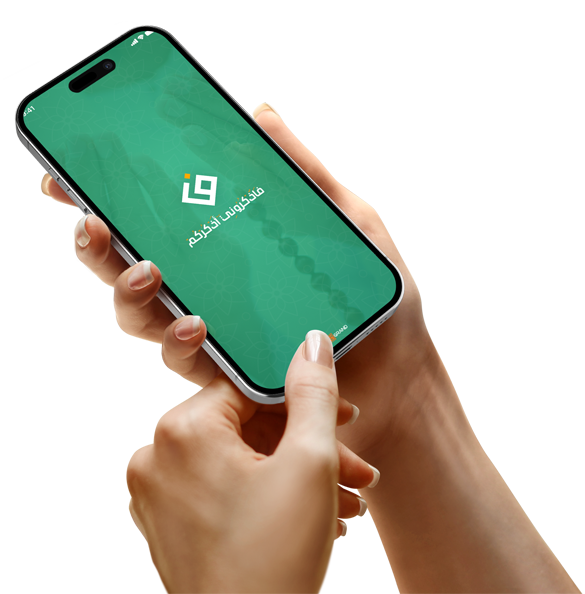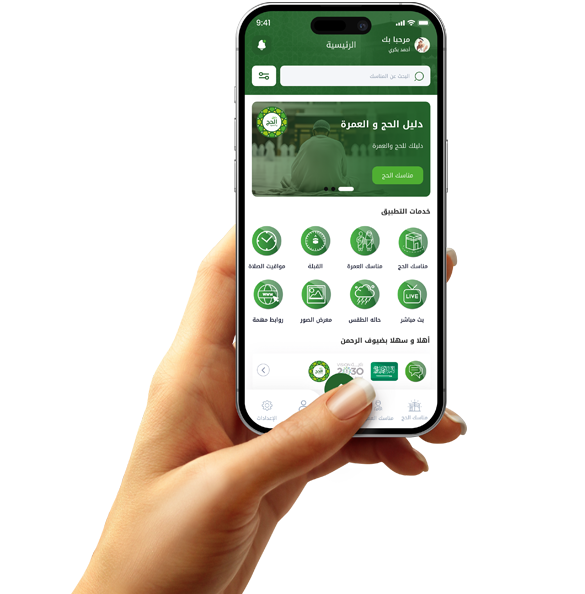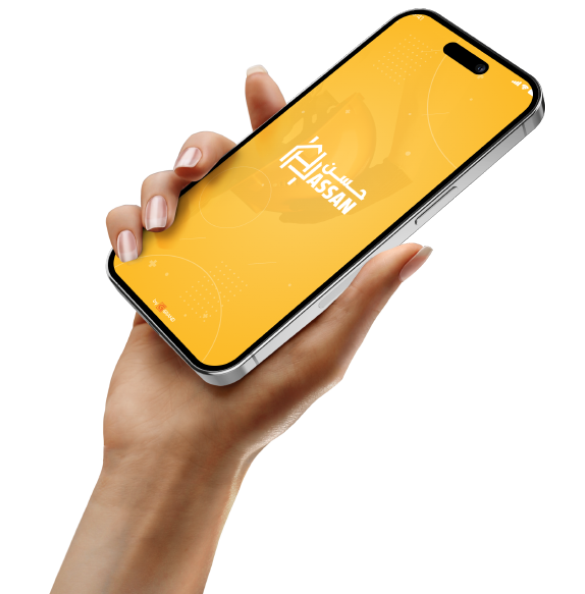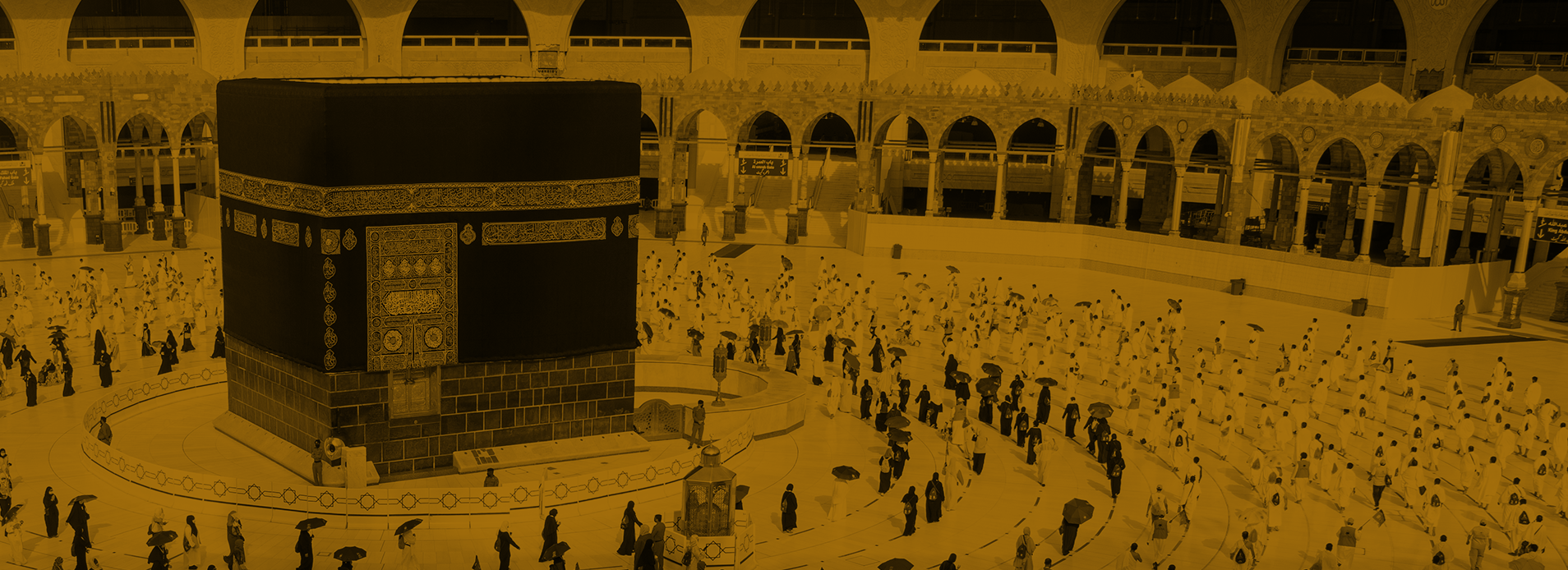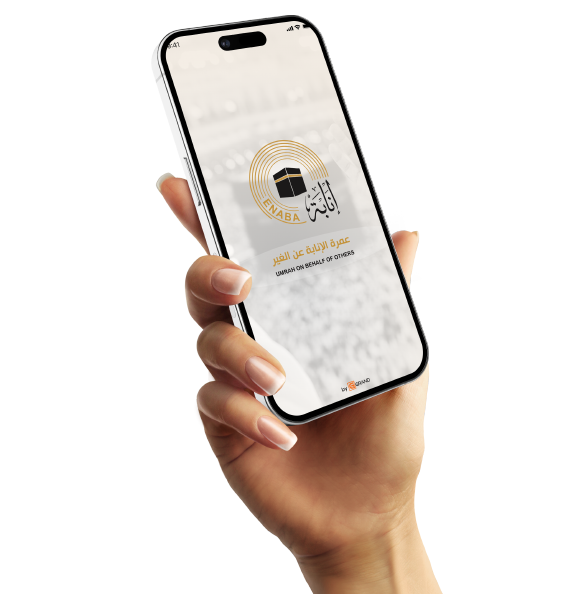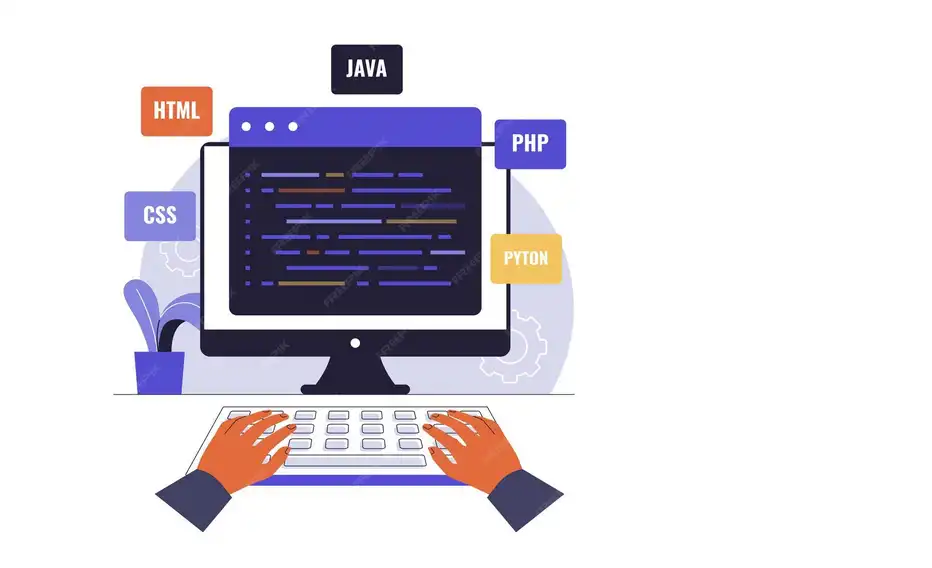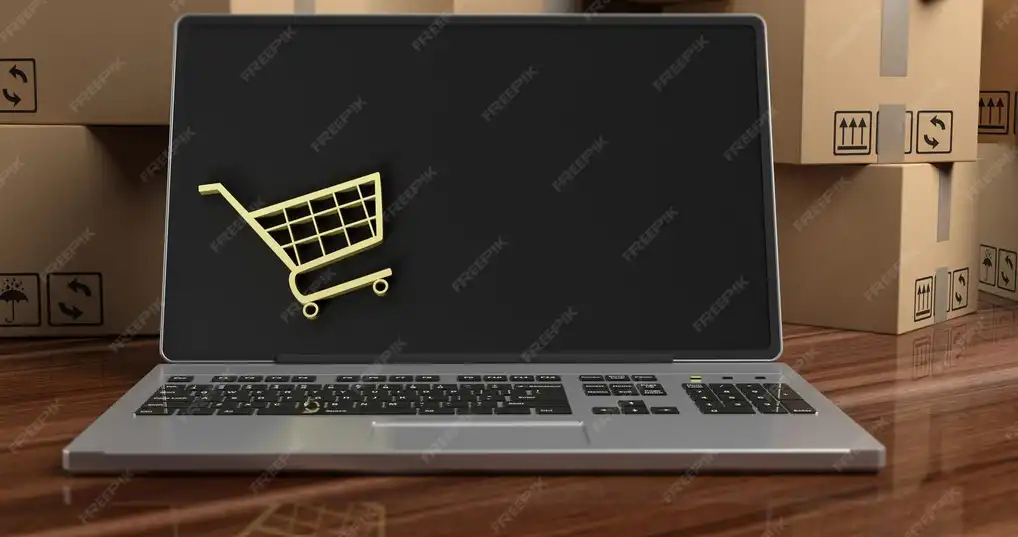How to Design Mobile App Interfaces That Take Into account Language and Cultural Diversity

Why do you need to design interfaces that take into account the differences in languages and cultures?
1. Designing mobile application interfaces that take into account the differences in languages and cultures has become essential for the application to succeed worldwide. Users differ in their cultures and customs, and each culture has its own way of dealing with applications. If you ignore these differences, the application may lose its popularity in some markets.
2. The most important thing is that you support multiple languages. Successful applications provide accurate and easy translation, not just speech translation, even buttons and instructions are compatible with the language and culture. For example, the Arabic language needs a design from right to left, unlike English, which is from left to right.
3. In addition, symbols and colors have different meanings depending on the culture. For example, the color white symbolizes peace in some countries, but in other countries it indicates sadness. Therefore, you must be careful and use colors and symbols that suit the market you are targeting.
4. If you focus on this aspect, your application's chances of success increase because it becomes compatible with the needs of different users.

Steps to design applications that suit all cultures
1. In order to design interfaces that take into account the differences in cultures and languages, you must follow clear steps. The first step is to understand your audience. You must know their customs, language, and what they like. This will enable you to design an interface that suits their expectations.
2. The second step is to be flexible in design. For example, Arabic texts are from right to left, so the design must support this. Use tools and programs that help you make the design adaptable to any language.
3. The third step is to test the application on people from different cultures. If you are targeting the Saudi market and the European market, you must see how each one deals with the design. These tests will reveal any problems you may face.
4. Finally, you must pay attention to translation. Machine translation can ruin everything, especially if the texts have culturally sensitive meanings. Invest in professional translators to ensure that the texts are clear and appropriate.

Challenges of designing culturally appropriate applications and how to overcome them
1. Designing interfaces that take into account cultural differences is not easy, but you can overcome the challenges with the right steps. The first challenge is the direction of the texts. The Arabic language, for example, requires an interface designed from right to left. This means that you need flexible design and accurate programming.
2. The second challenge is symbols and icons. What is normal in a certain culture may not be appropriate in another. The solution is to conduct research on the market you are targeting and consult people who understand their culture.
3. The third challenge is the difference in texts. Some languages, such as English, are short, but Arabic is longer, and this affects the design of buttons and menus. The solution is to make the design allow for the texts to expand without ruining the look.
4. Finally, the costs and extra time you need to support cultural diversity may be an obstacle. But if you focus on this aspect, your application will be successful in more markets and achieve greater spread.

Examples of applications that support cultural and linguistic diversity
1. There are successful global applications from which you can learn how to design interfaces that suit everyone. One of them is Google Maps. The application supports dozens of languages and adapts to the direction of texts, whether from right to left or vice versa.
2. The second application is Airbnb. This application provides a customized experience for each market. It uses images and colors that suit local cultures, and the texts are professionally translated, which gives confidence to users from all backgrounds.
3. In the Saudi market, applications such as Na3na3 and Jahez provide an excellent experience that suits Saudi culture and language. Their interfaces are simple and easy, and everything in them is designed to serve the local user.
4. These examples show that success begins with understanding cultures and providing a design that suits everyone. If you are working on an application, focus on this aspect because it is the key to the success of your project.





